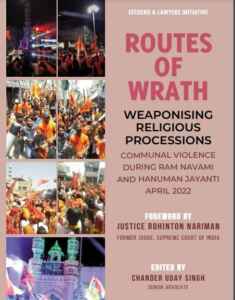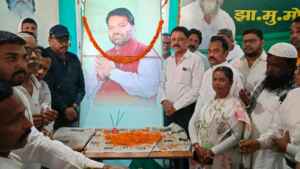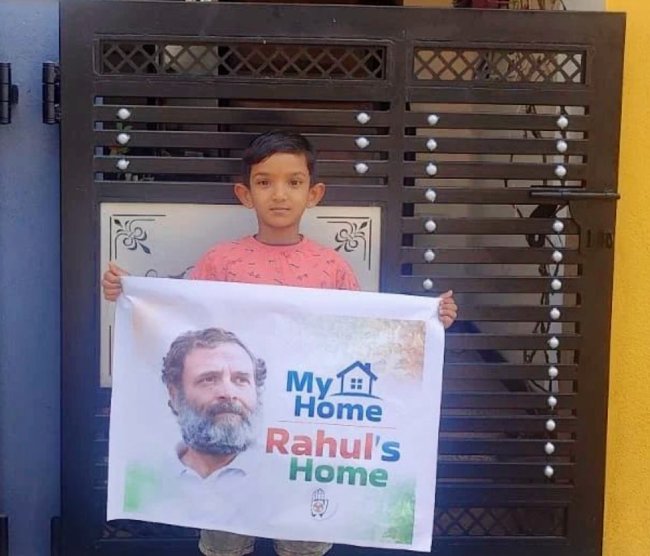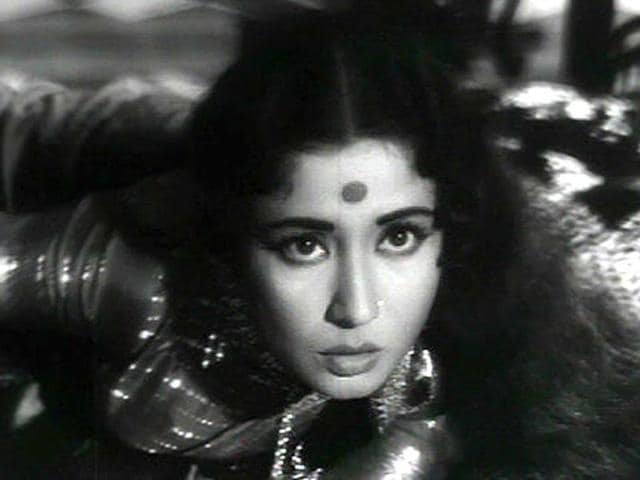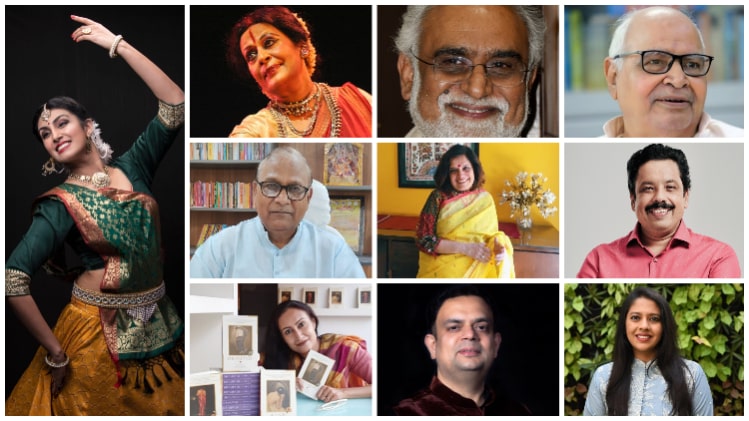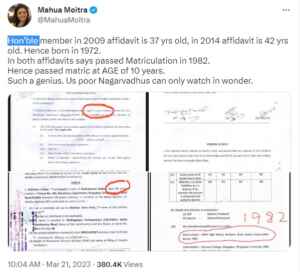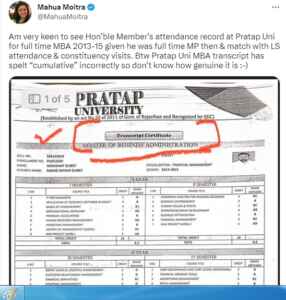Ranchi: Last Friday night brought the news of the deaths of two young Muslim men in their respective families in Jharkhand. They were 21 and 25 years old. One has been alleged as a thief, the other has been termed as a sand smuggler.
“My son Wasim Sajjad had gone to his Nani’s place in Khal village. When we received a call from the police that they had caught our son and asked us to reach the police station,” Mumtaz Ansari, father of Wasim, informed eNewsroom over the phone.
Mumtaz is a school teacher, and his son Wasim was a graduate and holds a Bachelor of Arts (BA) degree.
According to the father, Wasim used to work in Mumbai in a pipeline company and had come to visit the family recently as two of his sisters had gotten married on March 19.
Ansari further said, “When we reached the police station, we saw that Wasim was tied like an animal inside the back seat of a Bolero vehicle.”
“Initially, we were not allowed to meet him. But somehow we talked to him and before he went unconscious, he said that police inspector Krishan Kumar beat him mercilessly while he was returning from Nani’s place,” alleged Ansari.
However, police claim that Wasim met with an accident and inspector Kumar brought him.
A police officer said, “He was smuggling sand through a tractor and when told to stop, he tried to escape and fell from the vehicle injuring himself.”
But, father refuted such charges and mentioned, “Our tractor has been seized by police in January itself. The second tractor is at a house which is defunct,” he added.


Later, Wasim was taken to Garhwa Hospital, where he was declared dead.
After the death, the police refused to take an FIR against the police inspector Kumar.
Knowing about it, villagers had jammed the Dhurki block road, which continued for 11 hours.
And after the intervention of Minister Mithilesh Thakur, Garhwa police registered an FIR against the inspector.
Sources said, the inspector has a tainted career and he was earlier posted in Ranchi, from where he was transferred to Garhwa. In Garhwa also, his reputation was not good.
But, no action has been taken by the district police on the complaint till Sunday evening, claimed the family members.
In another incident, only 45 kilometres from the state capital Ranchi, the family of Wajid Ansari, 21 years old, got a call from some people that in the neighbouring village, his son had been tied to a tree and beaten up.
“Wajid had had his Sehri (the meal before dawn to keep fast), so when we got the call we could not understand what he did being in roza that people were beating him. But we reached Mahuatoli, only one kilometre from our village Pandri, a mob had already beaten my son mercilessly and he fell unconscious,” father Hafizul Rehman Ansari told eNewsroom over the phone.
70-year-old Hafizul Rehman, who says he lost his support for his old age further said, “My son, the youngest in the family, was a good boy. He was involved in several social activities and associated with some social organizations too. Twenty days back, in a road rage case, he was badly hit by another boy in the village itself. He was hit in his head area, which disturbed him mentally. He entered the garden of Jeevan Oraon to break some branch of the tree and nothing much.”

Ranchi SSP Kaushal Kishore told The Indian Express: “There was some sound and he (Ansari) was caught by the house owners. It was then he was beaten up after which police had arrived and took him to the hospital where he was declared dead. There were no apparent injuries. We are waiting for the postmortem report.”
“My son is not a thief and he had not entered somebody’s house. The area is less than a kilometre away from my house. On my allegation, police have arrested three persons, Jeevan Oraon, his son Govardhan Oraon and their neighbour Nandu Oraon,” he said.
However, the father is also alleging that neither police are taking his FIR, nor adding more names. He claims at least fourteen people were involved in the mob lynching of a 21-year-old boy.
“Police do not want to make it a case of mob lynching, so just mentioning the names of the Oraon family. I also know that Oraon and others have been involved in beating several people, but they never get caught,” he added.
Jharkhand witnessed more than two dozen mob lynching cases between the years 2016 to 2019. The Lynching of Ramgarh’s Alimuddin Ansari was reported across India, while Tabrez Ansari lynching case was even raised in the United Nations.
Hemant Soren government has passed an anti-mob lynching bill from the state assembly in 2021. But it has been returned by the Jharkhand governor and is yet to be implemented.




